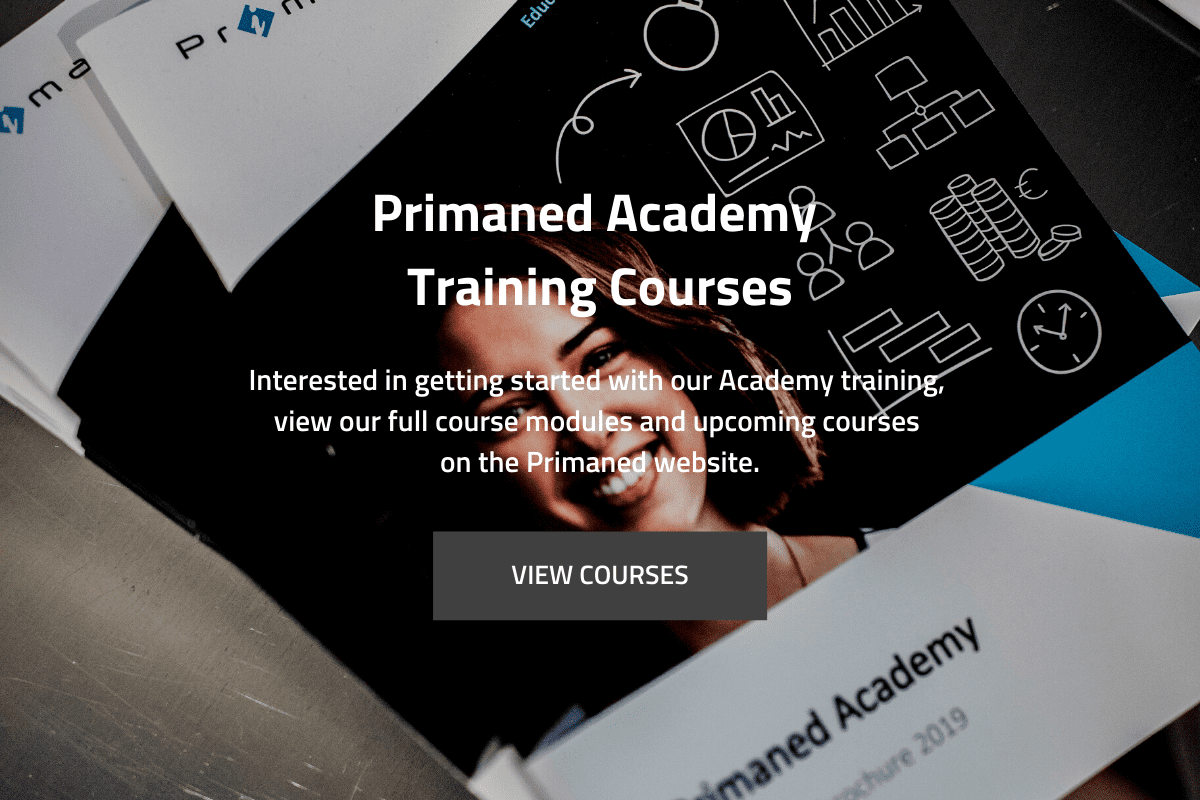The critical role of key stakeholders for effective software implementation
By Sjef van Vugt on Sep 3, 2024 9:58:06 AM
.png?width=1920&height=1080&name=Blog%20featured%20images%20GOOD%20(6).png)
The successful implementation of project controls software goes far beyond simply selecting the right tool. It hinges on strategically engaging the stakeholders who will be most affected by its adoption. From senior executives driving business decisions to operational teams managing day-to-day activities, understanding the needs and concerns of these key players is a must. In this blog, we’ll explore how identifying and involving the right stakeholders early in the process can be the key to increasing the likelihood of user adoption and overall project success.
Identifying key stakeholders and their concerns
One of the first steps in your journey is to map out the terrain by identifying the key stakeholders. These include CPOs, CTOs, operational officers, and, crucially, the end-users and team members whose daily tasks will be directly impacted by the new software. Understanding their perspectives, concerns, and expectations is fundamental. It's about acknowledging that each stakeholder group has unique needs and contributions to the project's success. Engaging them early and often in the implementation process fosters a sense of ownership and commitment to the project's outcome.

Crafting a transparent communication plan
Communication is the golden thread that ties the implementation process together. Creating a transparent communication plan is about informing stakeholders and making them feel heard and valued. This involves regular updates, open forums for feedback, and clear channels for raising concerns. It's about creating a dialogue instead of a monologue.
By clearly explaining the reasons and methods behind the project controls software implementation in a way that resonates with each stakeholder group, we can break down silos and open lines of communication. The aim is to share knowledge that empowers stakeholders to collaborate more effectively, making sure that communication continues supporting integrated teamwork in the future.
Showcasing the benefits: A case for change
To win hearts and minds, stakeholders need to see the tangible benefits of the project controls software. This means going beyond the technical specifications to highlight how the software will enhance decision-making capabilities, streamline processes, and contribute to the overall success of projects. Tailoring this message to address the specific pain points and aspirations of each stakeholder group makes the case for change compelling and personal. It's about answering the critical question: "What's in it for me?"
Addressing resistance: Strategies for overcoming obstacles
Resistance to change is a natural human response but not impossible to manage. A well-thought-out contribution is made by carefully planning the initial steps of the implementation, starting with establishing a solid foundation in project controls. Strategies to address resistance include involving stakeholders in the decision-making process, providing clear reasons for the change, and offering support throughout the transition. Empathy plays a crucial role here, as it's important to acknowledge the concerns and fears that resistance often stems from. We can turn resistance into acceptance by creating a supportive environment where stakeholders feel their voices are heard and their concerns are addressed.
Engaging through hands-on demonstrations and training
One of the most effective ways to build enthusiasm and confidence in the new software is through hands-on demonstrations and training sessions. These interactive experiences allow stakeholders to see the software in action, ask questions, and envision how it can be applied to their specific work scenarios. Training should be tailored to accommodate different learning styles and proficiencies, ensuring that everyone, from tech-savvy users to those less comfortable with digital tools, can confidently navigate the new system.
Measuring success and gathering feedback for continuous improvement
The implementation of project controls software is a journey of continuous improvement. Measuring success through key performance indicators and gathering feedback from stakeholders are essential steps in this ongoing process. This feedback loop demonstrates a commitment to addressing problems and opens the door to further improvements that can maximise the software's impact. Celebrating milestones and successes along the way energizes the team and reinforces the value of the software and the effort invested in its implementation.
In conclusion, securing stakeholder engagement and buy-in is a multifaceted endeavour that demands a strategic and empathetic approach. By identifying and involving the right stakeholders, fostering transparent communication, showcasing the benefits, addressing resistance, engaging through hands-on experiences, and committing to continuous improvement will increase the success rate of tnew software implementation.
Book a free software demo to build your business case with us
Are you ready to take your organisation to the next level with project management software? Request a personalised software demo with one of our experts to see how it can benefit your business. Our team will guide you through the process and help you build a strong business case tailored to your specific needs. During this demo, you'll have the opportunity to explore the features and functionality of a specific software solution and experience firsthand how it can improve your project processes. Request your demo today!
.png?width=1200&height=800&name=10.%20Marketing%20-%20Q224%20-%20The%20Manager%20Projects%20Series%20-%20Graphics%20(1).png)
- OPC (15)
- Software (12)
- PC Boardroom (11)
- Academy (9)
- Consultancy (7)
- Manager Project Controls (6)
- IT / Procurement (5)
- Planning Engineer / Scheduler (5)
- Project/Assets Manager (4)
- Information Manager (3)
- BI & Data Analytics (2)
- C-level (2)
- Document Controller (2)
- Document Management (2)
- Oracle Aconex (2)
- Project Controls (2)
- Risk Manager (2)
- Scheduling Lead (2)
- Operational project staff (1)
- PMWeb (1)
- Resource Manager (1)
- Safran Risk (1)
Subscribe by email
You May Also Like
These Related Stories

Avoiding Failure in Project Controls Software Implementation with the Right Partner
When organisations invest in new project controls software, they often believe the hardest part is choosing the right tool. The reality is very different: the t …
-3.png)
Why Migrating from One Project Controls Tool to Another Is Rarely Just a Technical Switch
It sounds simple enough. But for organisations managing large, complex construction or infrastructure projects, this mindset can lead to costly risks.
.png)
AI, IoT, and Cloud: How Tech Is Transforming the Construction Site
Artificial intelligence has firmly established itself in the construction industry, changing how projects are planned, managed, and delivered. From dynamic sche …

